When it comes to visiting the Great Smoky Mountains National Park a trip is not complete without experiencing the Cades Cove Loop.
This loop is filled with not only bears and wildlife but history and scenic views. You will want to plan time to explore this gorgeous area.
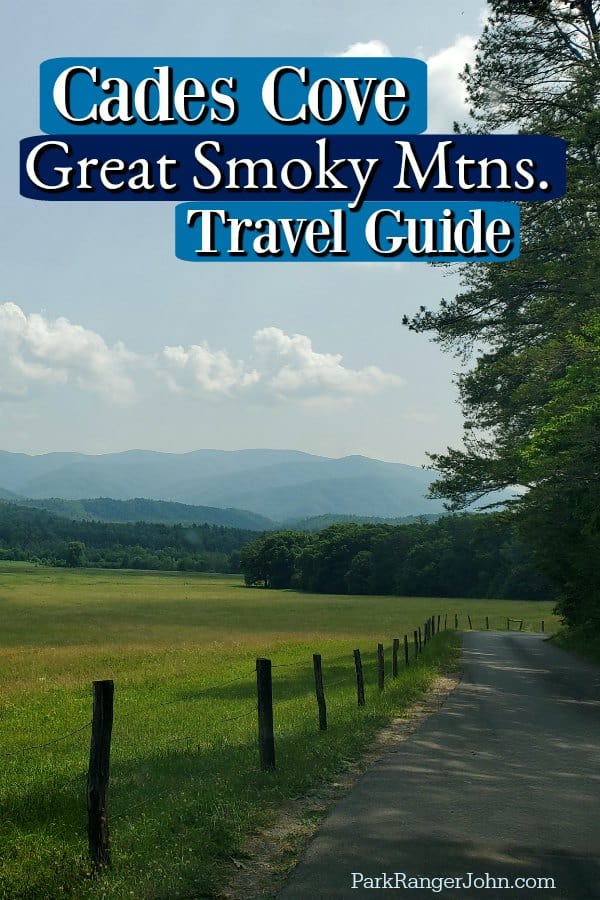
TL;DR Don't have time to read the full article? Here are my top finds:
🏨Hotels and Vacation Rentals
📍Tours
🐻 Save time! Buy your National Park Pass before your trip
Cades Cove Loop
Cades Cove is the most popular destination in the Great Smoky Mountains National Park! The Cades Cove area can be incredibly busy!
The Cades Cove Loop is an 11-mile paved loop that runs one way. Along the loop, visitors can expect to see historic buildings, wildlife, hiking trails, and more.
One thing to know is why this area is called a cove. In Smoky Mountain terminology a Cove is a relatively flat valley between mountains or ridges.
There is only one entrance to the Cades Cove Loop Road. This entrance road, Laurel Creek Road, was built after Great Smoky Mountain National Park was established in 1934.
Historically this was a two-lane road used by the 125 cove families who lived here in the 1900s. Along the loop, you can expect to see a variety of historic buildings, wildlife and more.
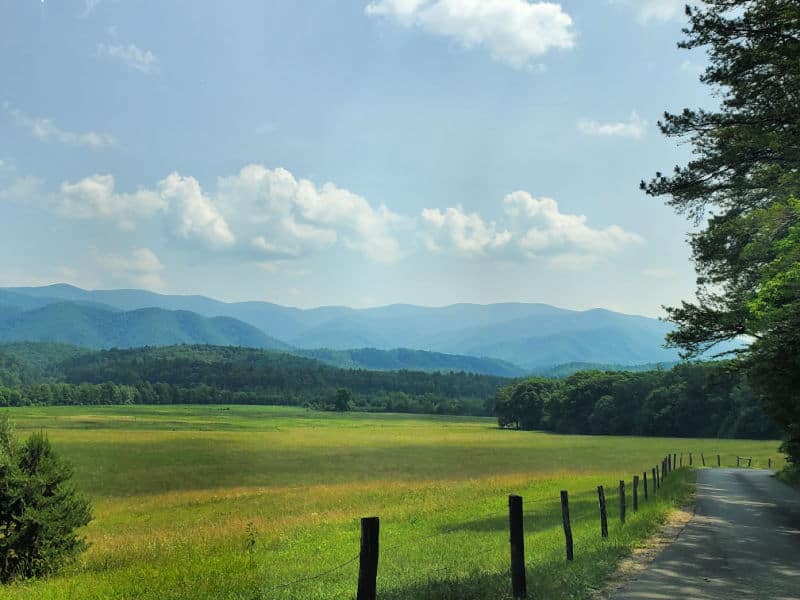
Cades Cove History
One of the most beautiful and most visited locations within the Smoky Mountain National Park is Cades Cove. Cades Cove is a 6,800 acre valley located in the Tennessee section of the Smokies and was inhabited by numerous settlers before the park was established.
During the 1700s, the Cherokee tribe frequently passed through the cove to hunt deer, elk, bison and bears.
The Cherokee called the valley "Tsiya'hi," which means "Otter Place." At that time the streams around the valley were filled with otters. There is no evidence to suggest the Native Americans ever made Cades Cove their home.
When settlers eventually made their way to the cove, it was called "Kate's Cove." It is believed this named honored Chief Abraham's wife Kate.
Chief Abraham was the leader of the nearby Chilhowee Tribe. The name was later changed to Cades Cove in honor of the Cherokee Tribe's Chief Cade.
After the signing of the Calhoun Treaty in 1819, the Cherokee gave up their land in Tennessee which included the cove.
The first European settlers arrived in Cades Cove somewhere between 1818 and 1821.
John and Lucretia Oliver were the first white settlers of the cove. They came from Carter County, Tennessee and spent their first winter in an abandoned Cherokee hut.
Friendly members of the Cherokee assisted the Oliver's until a friend from Carter County arrived and brought the Olivers provisions and a few head of cattle.
In 1822, the Olivers constructed a temporary home and then later a cabin of their own. It was the first permanent home in Cades Cove. In 1821, William Tipton came to the cove after being given a land grant. His brothers Abraham and Thomas came with him.
In the years to come, William and his brothers could come to own most of the best farmland of the valley.
One famous point in Cades Cove is the short scenic road from one side of the cove to the other called Hyatt Lane. Records show that Shadrach Hyatt came to the cove sometime around 1839 with his wife Rhonda and their 11 children and settled on what is now Hyatt Lane.
Shadrach served as postmaster of Cades Cove and Hyatt Cemetery, located in the cove, is named after the family.
By 1850, the population of Cades Cove had reached 685. The people of Cades Cove were primarily farmers and blacksmiths. Their main crop was corn; numerous barns and grist mills were built in the cove to accommodate harvest.
Families were large, it was not uncommon for each family to have 10-12 children. Early cove children met in farmhouses for schooling, but soon the population of the cove meant schools and churches needed to be constructed.
The Primitive Baptist Church was founded in 1827, but over time a disagreement in the cove arose regarding biblical interpretation of the importance of being missionaries. This divided and split up the Baptist congregation.
The Missionaries spent years meeting in family homes. In 1894, the Missionary Baptist Church was built on Hyatt Hill, as the church grew it had to be rebuilt in 1915.
Methodists were also active in the cove in the 1820s, but it was not until 1902 that the Methodist Church was built at a cost of $115. Before this, Methodists met in farmhouses.
Life in the cove meant families and neighbors who were fiercely supportive of one another. Social gatherings happened often as did helping your neighbor with harvest or hardships if needed.
Everyone generally knew the goings on in the cove and when a resident passed away, the church bells would ring to get the community's attention. After that, the bells would ring once for each year of the person's life. For the tightknit community it was easy to identify who the deceased was.
Although Cades Cove was hidden away in its own secluded valley, the 1860s American Civil War was not foreign to residents. Although the state of Tennessee sided with the Confederates, many Cades Cove citizens supported the Union.
Young men of Cades Cove fought for both sides of the war. Many residents near the area actually helped the abolitionists and supported stops in the area for the Underground Railroad.
The Union support made Cades Cove a target for Confederates soldiers who often stole their livestock and carried out raids of the town.
After months of being harassed, prominent cove citizen Russell Gregory organized an ambush on Confederates that pushed them out of the area. Sadly, for his efforts to protect the cove, he was murdered several weeks later by Confederate soldiers.
After the Civil War, the already tightknit sense of community in the cove grew even stronger as residents were not welcoming to outsiders. In the years to come, families in the cove intermarried continuously.
In the 1920s, the National Park movement began and half of Cades Cove residents sold off their land.
By 1927, the Tennessee General Assembly voted to pass eminent domain which would seize the properties of Cades Cove to include in the Great Smoky Mountains National Park. Outraged residents, led by John Oliver, the great-grandson to the cove's first resident, fought the decision.
Oliver's fight went all the way to the Tennessee Supreme Court but Oliver ultimately lost the fight and abandoned his property in 1937. The Great Smoky Mountains National Park was dedicated in September of 1940.
The last school in Cades Cove closed in 1944 and the post office closed in 1947. The members of the Primitive Baptist Church continued meeting there until the 1960s in defiance of the park movement.
Kermit Caughron was born in 1912 and moved to Cades Cove with his wife Lois, they had four children who were taught hard work and a sense of community in the cove. When the creation of the National Park forced cove citizens out, Caughron and his family begrudgingly moved away.
But after 5 years, Kermit missed the cove greatly. He negotiated a compromise and was given a lifetime lease on his property as long as he followed the National Park Service regulations on hunting, trapping and other land uses.
Kermit became known as the "Bee Man," selling his honey to visitors and taking care of the general area of the valley. He lived there until his death in 1999.
Kermit's love of the cove along with my other historical residents, tell of the breathtaking beauty and rich history of what is called Cades Cove. We can be grateful that the structures of the early settlers have been preserved for us to appreciate their history and perseverance in living their lives as one community in a most serene gem of the Smoky Mountains.
When the National Park Service took over the area in the 1930s they had to decide if they wanted to keep the human history or let nature reclaim the area. Thankfully they kept the human history and historic buildings.
Head over to this article to learn more about the history of the Great Smoky Mountains National Park.
Cades Cove Hours
For 2022 the National Park Service has initiated vehicle-free access along the Cades Cove Loop Road each Wednesday.
Cades Cove Visitor Center
Open every day except Christmas Day.
| January | 9:00 a.m. - 4:30 p.m. |
| February | 9:00 a.m. - 4:30 p.m. |
| March | 9:00 a.m. - 5:00 p.m. |
| April - May | 9:00 a.m. - 6:00 p.m. |
| June - August | 9:00 a.m. - 7:00 p.m. |
| September - October | 9:00 a.m. - 6:00 p.m. |
| November | 9:00 a.m. - 5:00 p.m. |
| December | 9:00 a.m. - 4:30 p.m. |
Cable Mill in Cades Cove
Open daily March 6 through October 31. Open Friday-Sunday in November
Hours: 9:00-5:00
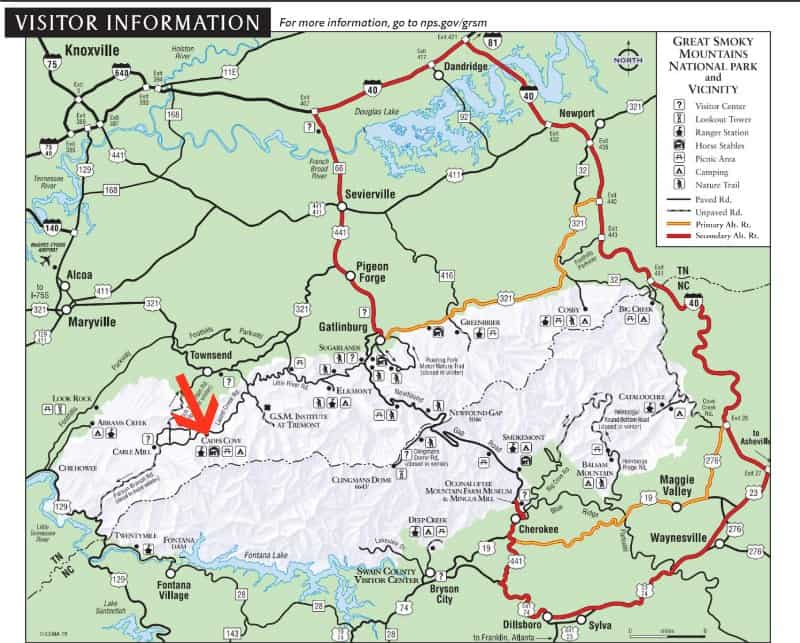
Cades Cove Directions
How far is Cades Cove from Gatlinburg?
27 miles
How far is Cades Cove from Pigeon Forge?
31 miles
Cherokee, NC to Cades Cove - 57 miles
Townsend, NC to Cades Cove - 9 miles
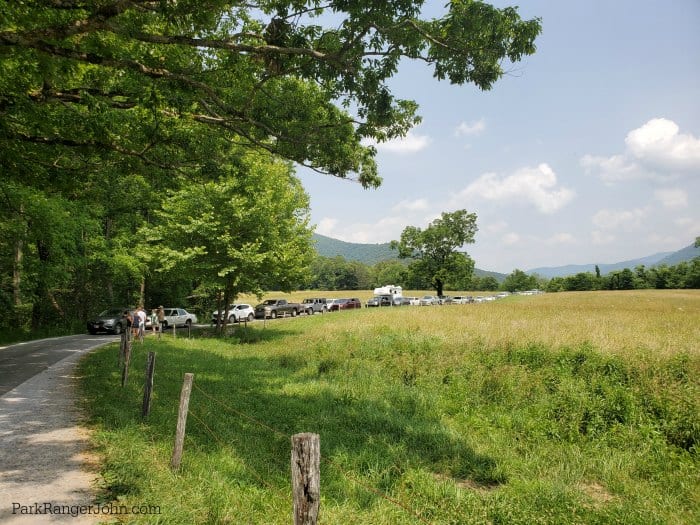
How long does it take to do the Cades Cove Auto Tour?
You will want to plan between two to four hours minimum to explore the auto tour loop. A lot depends on traffic but also the wildlife that is seen.
Deer Jams and Bear Jams are a thing! You may find yourself parked on a one-lane road for a while due to wildlife. During our first trip to the Smoky Mountains, we ended up in a 20-minute wildlife jam for a couple of deer.
On our last trip to the park, we were able to cruise through Cades Cove semi-quickly but then we ended up going back through another three times because we were having so much fun and loved seeing all of the wildlife.
It feels like every time you drive the loop you see a whole new version of Cades Cove.
Cades Cove Auto Tour Sites
John Oliver Place
John Oliver Place is one of 80 historic buildings in the park. It is one of the first ones you can see when you enter into Cades Cove.
John Oliver's Cabin was built in the early 1820s. It is the oldest log home in Cades Cove.
One cool thing is the stone chimney was built with mud mortar to hold it together.
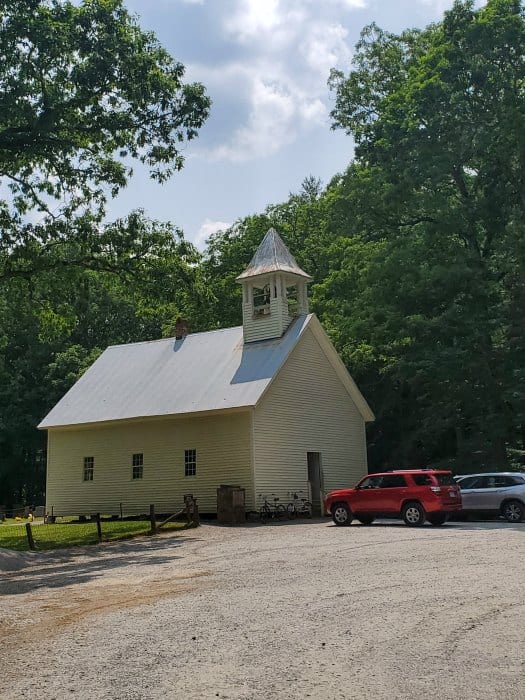
Primitive Baptist Church
There is a nice parking lot next to the Primitive Baptist Church. This is a great place to get out and stretch your legs while parking safely.
This church was established in 1827. This building replaced the original log building in 1887.
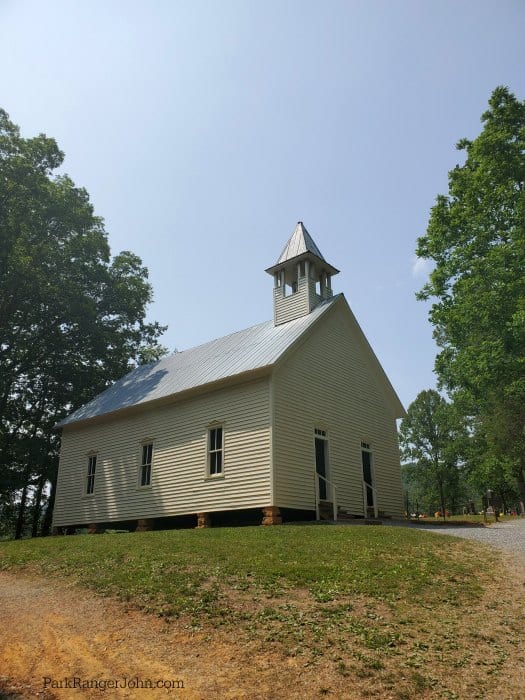
Methodist Church
The Methodist Church was built in 115 days by a blacksmith and carpenter J.D. McCampbell. Mr. McCampbell would also serve as the minister for the church.
The church was established in the 1820s and ran in a log building until this building was built in 1902.
One interesting thing is the church has two front doors. Normally this indicates the church may have had men sit on one side and women sit on the other side of the church. This Methodist Church did not follow this plan but did borrow building plans from a church who did divide their congregation.
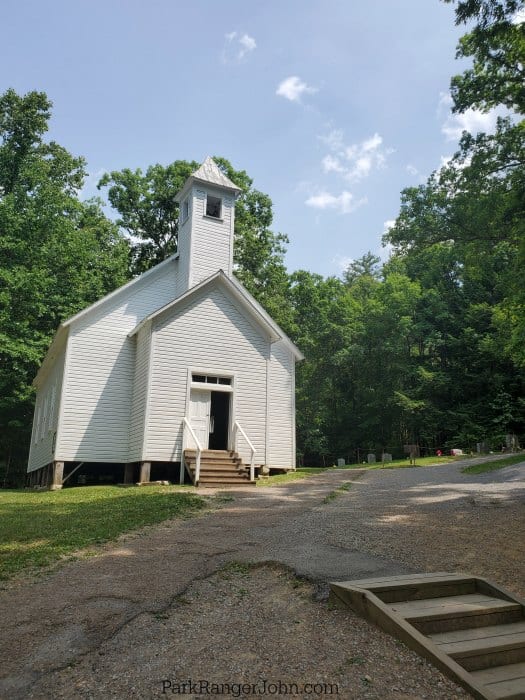
Missionary Baptist Church
This church was formed in 1839 by a group of Baptists expelled from Primitive Baptist Church. The current building dates from 1915.
One cool thing to look for during March and April is the daffodils on the right of the church. They were planted in the 1930s by members of the Civilian Conservation Corps (CCC).
Elijah Oliver Place
Elijah Oliver was the son of John Oliver whose cabin is one of the first stops on the auto tour.
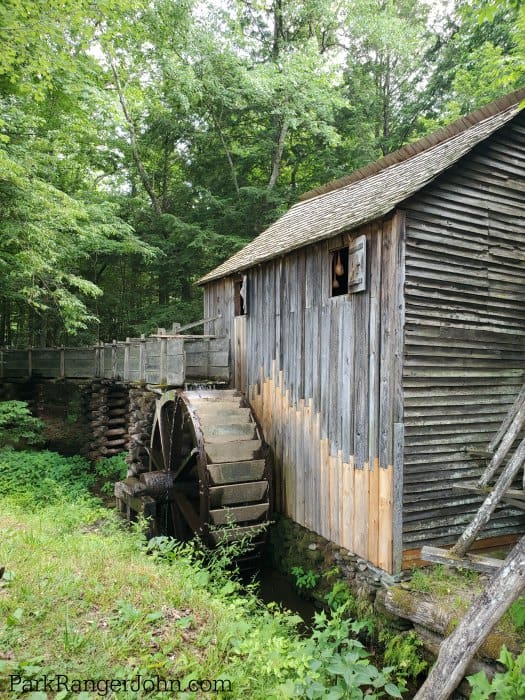
John P. Cable Grist Mill and Visitors Center
The Cable Mill area includes the Cades Cove Visitor Center, a Blacksmith Shop, LeQuire Cantilever Barn, Millrace and Dam, Gregg-Cable House, and the John P. Cable Grist Mill.

You can purchase cornmeal and Whole Wheat Flour that was processed in the Cable Mill at the Visitor Center and within the Cable Mill.
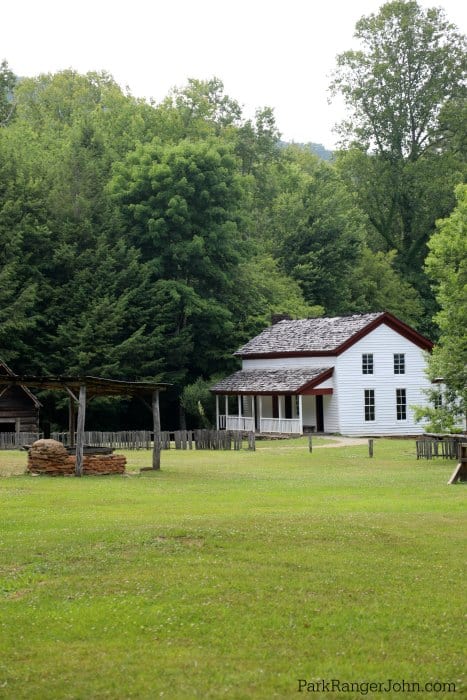
Gregg-Cable House
The Gregg-Cable House is near the visitor center on the Mill Area Walking Tour.
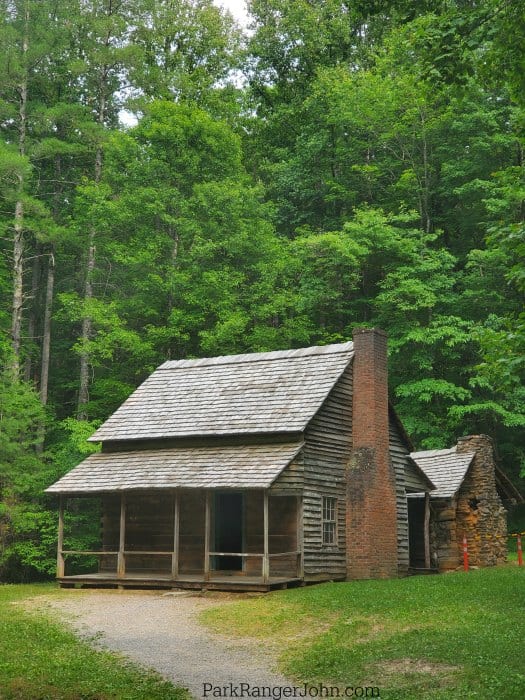
Henry Whitehead Place
Back on the auto tour the first building you will encounter is the Henry Whitehead Place.
This pair of buildings represents the roughest and finest of log construction in the Smoky Mountains. This is one of three houses that were called transition houses that were originally found in Cades Cove. This is the only one left in the park.
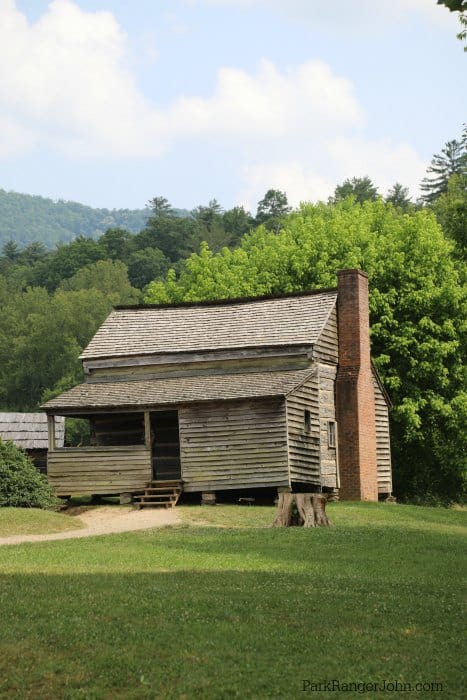
Dan Lawson Place
This house was built by Dan Lawson in 1856. One cool thing to know is the brick chimney was built with bricks that were made onsite.
Next to the house, you can see a granary and smokehouse.
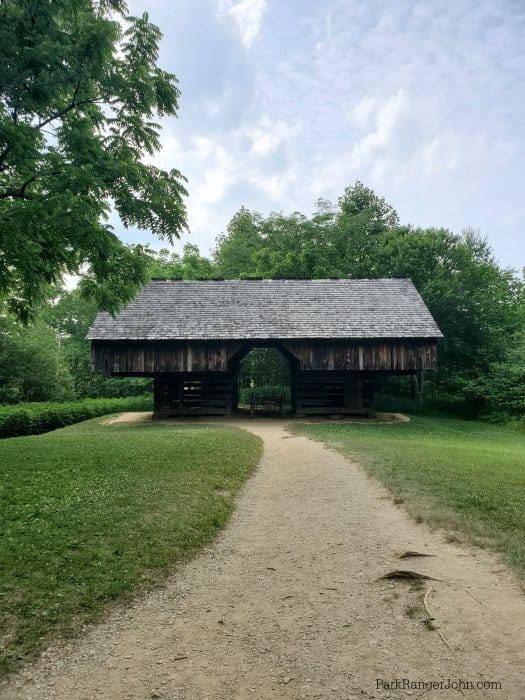
Tipton Place
The cantilever barn across the street from the Tipton Place is one of the most unique historic buildings you will encounter on the auto tour.
This house was built in the early 1870s.
Nature Trail
The short Cades Cove Nature Trail is a great .8 mile loop that lets you stretch your legs and see more of the beauty in this area.
Cades Cove Camping
The Cades Cove Campground is open year-round with 159 campsites. The campground can handle Tents and RVs up to 35 feet.
Check out our Cades Cove Campground post for more information on how to make reservations, site photos, and more.
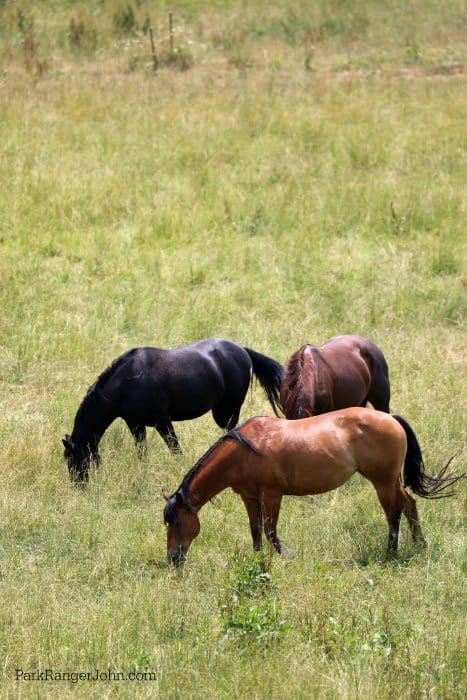
Cades Cove Horseback Riding
The Cades Cove Riding Stable is the only authorized concessionaire in the park. They offer guided horseback rides, carriage tours, hayrides,
Check out the Cades Cove Riding Stables.
Cades Cove Visitor Center
There is a welcome area when you get close to the entrance to the auto tour. You can purchase guide books, check out the maps, and ask volunteers questions.
The main visitor center is halfway around the auto tour loop in the Cable Mill historic area.
When is Cades Cove closed for bikers and foot traffic?
For 2022 the National Park Service has initiated vehicle-free access along the Cades Cove Loop Road each Wednesday
From early May through late September, only bicycle and foot traffic are allowed on the Cades Cove Loop until 10 a.m. on Saturdays. Vehicles can enter on Saturdays after 10 a.m.
Cades Cove Wildlife
The auto loop is an amazing way to see Smoky Mountain wildlife! You can see White-Tailed Deer, Black Bear, Coyotes, Wild Turkey, and more!
You may want to bring binoculars with you to view black bears that are off in the distance. We were really happy to have a pair during our last trip to get a safe closer look at wildlife.
Please always keep a safe distance from wildlife. I can guarantee you will see people getting WAY TO CLOSE to wildlife during your visit. Please do not join them.
I had to actually mention to a few people during our last visit that walking up to a momma bear with cubs is not going to go well for them. They wanted to get a close-up photo with their cell phones.
We really like these pocket naturalist guides for Great Smoky Mountains NP. They are easy to use and great for the entire family to identify birds, wildlife, trees and wildflowers.
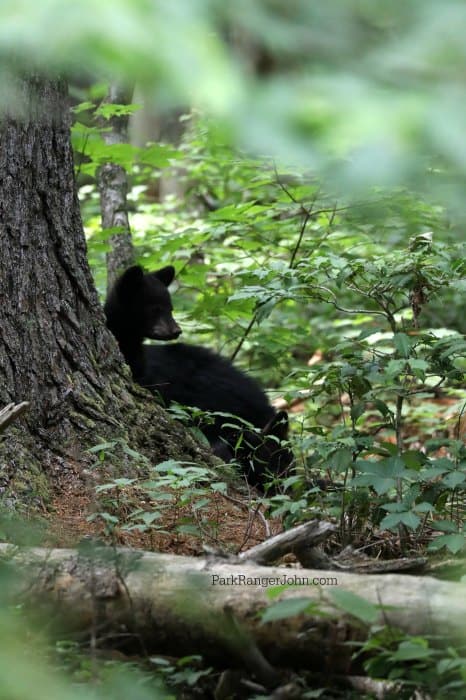
Travel Tips
All passengers in your vehicle must be in seatbelts.
If passengers are sitting in the bed of a truck they have to be seated on the truck bed, not in chairs.
There are no gas stations or restaurants in Cades Cove. No food or drink is available on the loop road. Please plan accordingly with snacks and water.
Things to know when planning a trip to Great Smoky Mountains National Park
Entrance Fee - $0.00 - There is no entrance fee to visit this park.
Time Zone - Eastern Standard Time
Food/Restaurants - There are no restaurants within the park.
Drones - Drones are not allowed to be flown within National Park Service Sites.
Park Map - For a detailed map, we really like the National Geographic Trails Illustrated Maps available on Amazon.
Junior Ranger Program - You can pick up a Junior Ranger booklet for $2.50 at any park visitor center or at the Cades Cove or Elkmont campground.
Lodging Near Great Smoky Mountains NP
Click on the map below to see the current rates for hotels and vacation rentals near Great Smoky Mountains.
Additional Resources
Great Smoky Mountains Camping Guide - Learn about each of the park campgrounds, reservations, and site photos.
Top things to do in Great Smoky Mountains National Park - All of the epic things to see and do in the park.
Smoky Mountain Wildlife - Learn more about the wildlife you can see in the park.
Tennessee National Parks - Check out all of the parks you can visit during a trip to Tennessee.
Most Visited National Park Sites - Great Smoky Mountains National Park is the most visited US National Park check out all the other parks that made the list.
Learn more about National Park Passes for parks that have an entrance fee.
$80.00 - For the America the Beautiful/National Park Pass. The pass covers entrance fees to all US National Park Sites and over 2,000 Federal Recreation Fee Sites for an entire year and covers everyone in the car for per-vehicle sites and up to 4 adults for per-person sites.

Buy your pass at this link, and REI will donate 10% of pass proceeds to the National Forest Foundation, National Park Foundation, and the U.S. Endowment for Forestry & Communities.
National Park Free Entrance Days -Mark your calendars with the free entrance days the National Park Service offers for US citizens and residents.
Make sure to follow Park Ranger John on Facebook, Instagram, Pinterest, and TikTok

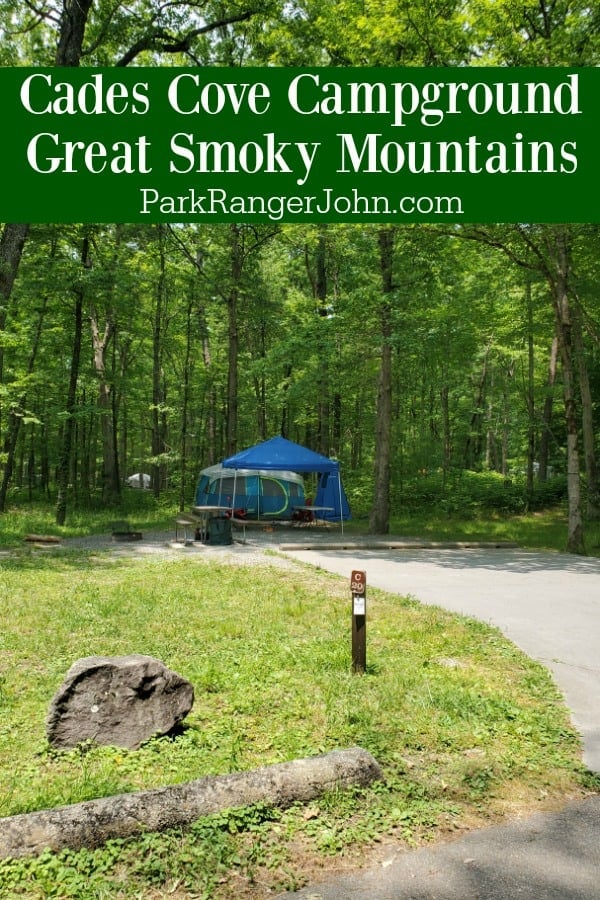

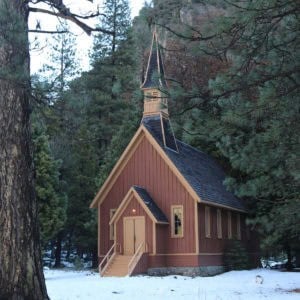

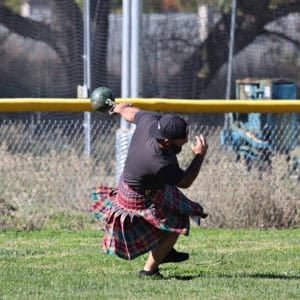
Sue Jarrett says
Have been to Cades Cove Tuesday through Thursday in October 2020 and May 2021 and ran into hundreds of cars! You had to be careful driving because cars stopped looking for wildlife and it was rarely seen those two times I went. Also in May they told me that now they are closed on Wednesday instead of just cars later that morning. Going to go again this fall 2021n and hope to see lots of wildlife again!